In the last chapter, we have discussed Shah Latif in the capacity of tie national poet of Sindh. In this chapter we shall try to discover the limit and scope of Sindh as it was conceived by Shah Latif; are its geographical boundaries the same which consist of the present province of Sindh, or they were wider, and what exactly were its geographical boundaries in the past
It would be advisable that we try to explain this situation by discovering the boundaries of Sindh through the poetry of Shah Latif. The picture of Sindhi which ho must have conceived and the freedom, prosperity and progress which must have been the subject of his dreams.
Since time immemorial the valley of Sindh is known by the name of Sindh, for this very reason most of the historians have considered Sindh and Hind (India) quite separate from each other. For more than 1500 years Sindh has been divided into parts; the first, its northern part in which are included undivided Punjab, Hazara and Dera Ismail Khan, the districts of the Frontier Province, and it came to be called by the name of Punjab and the second, the Southern part, which consists of the parts from Multan, Junagarh, Jalsalmir and the central region of Makran. This entire territory came to be known as Sindh. When the Arabs invaded the country, they also viewed all this territory as the country of Sindh. Although later there had been different rulers in different parts of Sindh, there never had been one government in the entire country of Sindh for a long time. However there had been a state of mutual relationship between the people and cultural harmony continued to exist. Thus in the South of Sindh even today Multani and Sindhi languages are not considered much different from each other.
Quite a large number of Hindus and Muslims appear to have made their home in the present province of Sindh after migrating from Multan, Bahawalpur, Muzaffar Garh and Dera Ghazi Khan. Among the people of Sindh people belonging to the Chang, Leghari, Bhargari, Mari, Talpur, Zardari, Jalbani, Lashar, Brahamani and Nizamani tribes settled here after migrating from Dera Ghazi Khan. It is due to this reason that even the language spoken in their homes is Saraiki, from Northern Sindh (the language of the northern end of Sindh). Similarly Solangi, Nol and Merasi tribes appear to have come from Bahawalpur, and it is said that the ancestors of Hindu tribe Lahana came from Multan and settled here.
Shah Latif appears to have visited Multan during his travels. On one occasion, he also brought tiles in boats for the mausoleum of Shah Abdul Karim of Bullary. Many singers associated with Shah Latif used to sing in Saraiki language. The love story of Sohni and Maeenwal belongs to the region of present Punjab. But specially projecting these characters in his poetry, holding musical gatherings where he made the singers present songs related to the stories of Heer Ranjha, the subject of the work of other poets, even to the extent that this music constituted a part of the manuscript of his collected work in poetry and the mention of the Sikh religious guides and the Hindu saints In the Hindi Sur Bairag Is an obvious evidence that Shah Latif has not disregarded this part of Sindh.
One can see that from the lingual point of view, since the ancient times, Sindh has been divided into four parts. One is 'Saroo" in which Saraiki form of language is spoken. This region extended from Multan, Bahawalpur, Muzaffar Garh and Dera Ghazi Khan to the District of Sukkur. The other is the central region of Sindh, where Sindhi language was spoken, which extended from Sukkur to the present region of Kachh. The third part consisted upon Kalat, Lasbela, Makran and lower region of Sibbi in Baluchistan, where Sindhi language was spoken along with Baluchi and the fourth part consisted upon Kachh, Kathiawar and Jaisalmir regions, where Kachhi, Kathiawari and Marwari languages were spoken along with Sindhi. But the people of all these regions were closely associated and freely intermingled with each other. Their history, folklore, customs and traditions have a marked similarity with each other, and their traditional relationships at every level were close and deep. Consequently from lingual and geographical viewpoint we can see an exact picture of all the romantic tales and social systems of these regions in the poetry of Shah Latif. For example, the romantic tale of Sassi and Punnu associated with Makran has been presented in the various musical tunes characteristic of 'Sassi'. In this context, Shah Latif expresses himself in the following manner:









In his poetry, Shah Latif has mentioned Sindh by various names; for example he calls it 'Watan' (the homeland), Mahi and sometimes Loy and has called its people by the names of Warehja, Maro, Sanghaar, Sen and Mutt.
The sentiment of patriotism and the spirit of nationalism was so deep-rooted in the character of Shah Latif, that he held the huts and the humble dwelling in the desert and the simple dress of the people much dearer than the bungalows, the palaces, the gardens and rich garments or the aliens and considered tasteless, unappetizing and colorless dishes of his own people much superior to delicious appetizing and colorful food of the strangers. He does not bemoan the backwardness, weakness and slavish condition of the people of Sindh, but looks at their semi-nomadic culture with great sense of pride rather than looking at them with contempt. He believes that these conditions will never continue to remain forever. That day is bound to come when they will live a life of freedom and prosperity. Therefore, he counsels the people of Sindh to keep their traditions alive as long as they live a life of backwardness and slavery. This is a special distinction of your tribe that it maintains its national pride under all kinds of trials and tribulations. Therefore, he addresses Marvi in the following words:



In my opinion, it would be doing less than justice would, if we confined ourselves to interpreting his poetry in this limited way. Shah Latif has spent his entire life in association with the people, equally sharing their suffering and privation. It is therefore not possible that his poetry should remain devoid of the expression of these vital sentiments. This fact is also evident that for many years he remained associated with Makhdoom Muhammad Moeen Bilawal, the disciple of Shah Waliulluh. For long, he also continued to enjoy his relationship with Shah Inayat Sufi. Similarly he also remained attached to the school of mysticism of Makhdoom Bilawal, and the political faith of all these celebrated personalities of the spiritual domain is recorded in history. It was inevitable that their teachings should deeply influence Shah Latif. So whenever Shah Latif mentioned his homeland in his poetry, it would not be wrong to say that by this homeland he definitely means "Sindhu Desh"
Shah Latif was not merely a monk. In politics, he was a staunch advocate of the idea of patriotism. He had a distinct conception about Sindh, and the boundaries of Sindh according to his view could be the following.
In the North, parts of the Jaisalmir state a major portion of Bahawalpur State, Dera Ghazi Khan, and the northern region.
In the West, the region of Baluchistan extending upto Sibbi, the present Kalat, Lasbela and Makran.
In the south, the state of Kachh, Junagarh and a part of Kathiawar.
In the East, Kathiawar, and a part of the Jodhpur State.
In my opinion, the territory comprising all these regions constitutes the land of Sindh in the opinion of Shah Latif; and be expressed himself in the rhythm of music in his poetry about its freedom and prosperity.

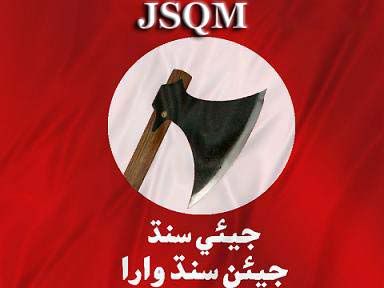
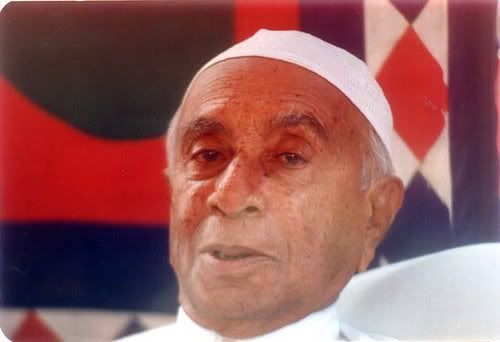

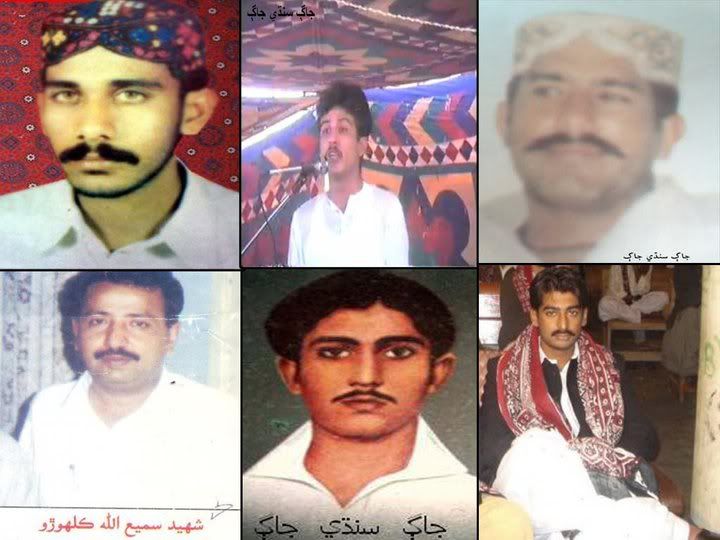
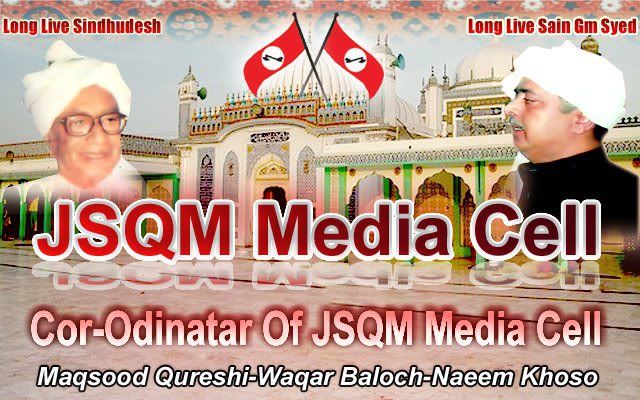



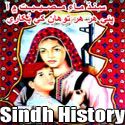






Currently have 0 comments: